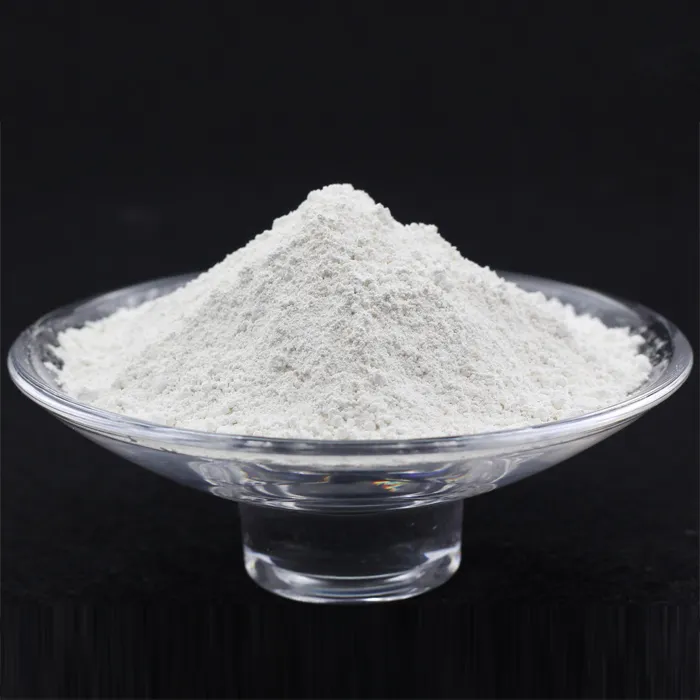Chemicals Used in Water Treatment Plants
Water treatment plants play a crucial role in ensuring that the water we consume is clean, safe, and free from harmful contaminants. To achieve this, various chemicals are employed throughout the treatment process. These chemicals serve multiple purposes, including disinfection, coagulation, and pH adjustment, ensuring that the water meets regulatory standards and is suitable for public consumption.
1. Coagulants
One of the primary functions of chemicals in a water treatment plant is coagulation. Coagulants are added to water to bind together and form larger particles (flocs) from smaller suspended particles. Common coagulants include aluminum sulfate (alum) and ferric chloride. These substances help remove turbidity and color from the water, allowing for clearer water that is easier to filter and disinfect. The coagulation process is essential for the removal of dirt, bacteria, and other impurities present in the source water.
Disinfection is a vital step in water treatment to eliminate harmful pathogens that can cause diseases. Chlorine is the most widely used disinfectant in water treatment plants, as it is effective and economical. However, other options, such as chloramine, ozone, and ultraviolet (UV) light, are also utilized. While chlorine is effective at killing a wide range of microorganisms, it can react with organic matter to form potentially harmful byproducts called disinfection byproducts (DBPs). As a result, water treatment facilities often monitor and adjust chlorine levels to ensure safety and compliance with health regulations.
3. pH Adjustment Chemicals
water treatment plant chemicals

The pH level of water is crucial for effective treatment processes and the protection of plumbing systems. Lime (calcium hydroxide) and sodium carbonate (soda ash) are typically used to raise the pH of water, while sulfuric acid can be added to lower it. Maintaining the appropriate pH balance helps optimize chemical reactions and enhances the efficiency of disinfection and coagulation processes. Moreover, proper pH levels can prevent corrosion in pipes and infrastructure, safeguarding public health and extending the lifespan of water distribution systems.
4. Flocculants
After coagulation, flocculants may be added to aid in the settling of the formed flocs. Polymers such as polyacrylamides are commonly used to enhance floc formation and increase the efficiency of solid-liquid separation processes. This step is critical in reducing the volume of sludge that must be disposed of later in the treatment process.
5. Corrosion Inhibitors
Once water is treated and ready for distribution, corrosion inhibitors may be introduced to protect the infrastructure and maintain water quality. Chemicals like phosphates are often employed to form a protective layer inside pipes, preventing the leaching of metals into the water.
In conclusion, the use of chemicals in water treatment plants is essential for producing safe and clean drinking water. Coagulants, disinfectants, pH adjusters, flocculants, and corrosion inhibitors all play integral roles in the treatment process. As water quality standards become more stringent, the development and application of innovative chemicals will continue to be vital for the sustainability of public health and environmental protection.

